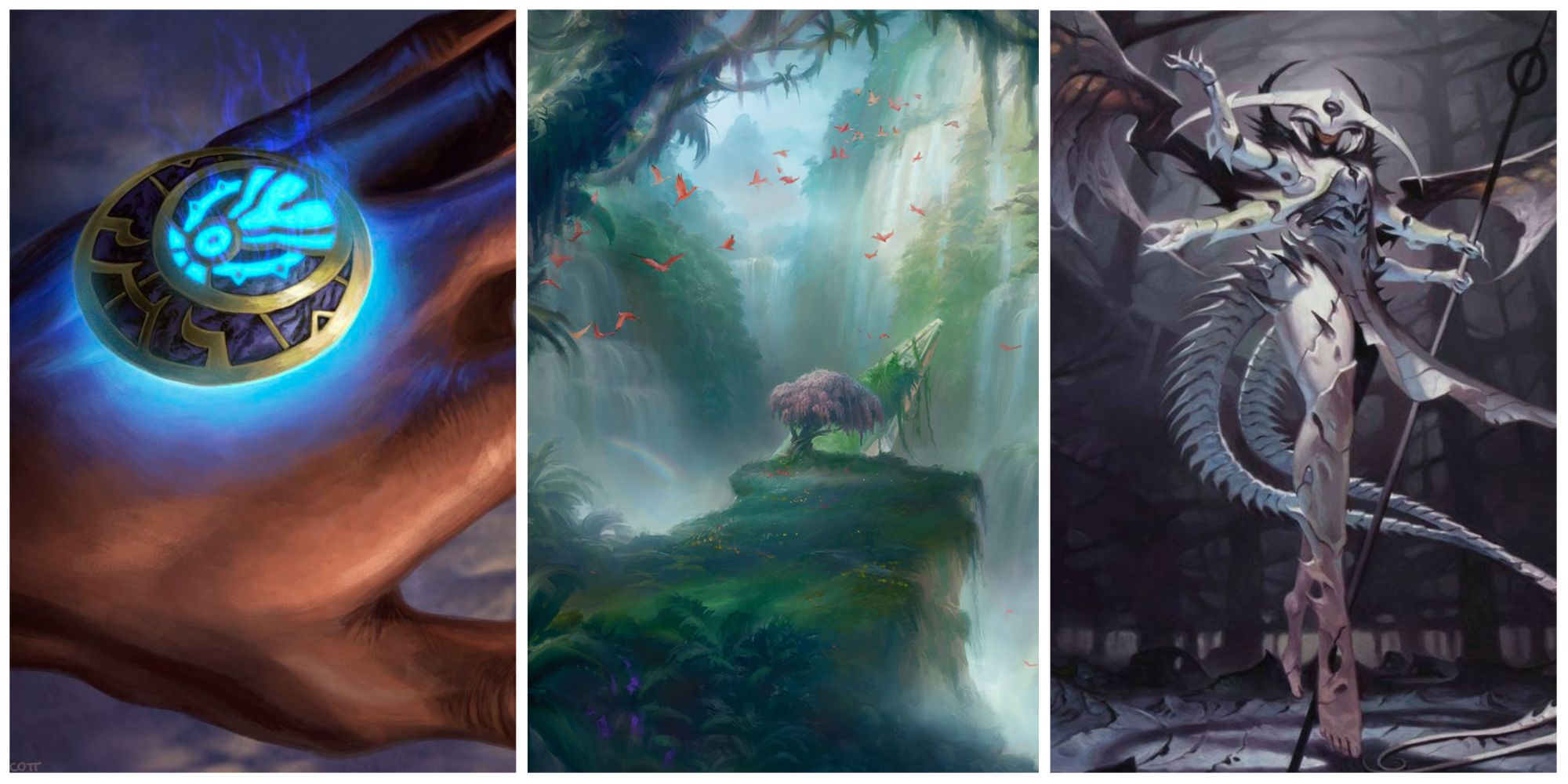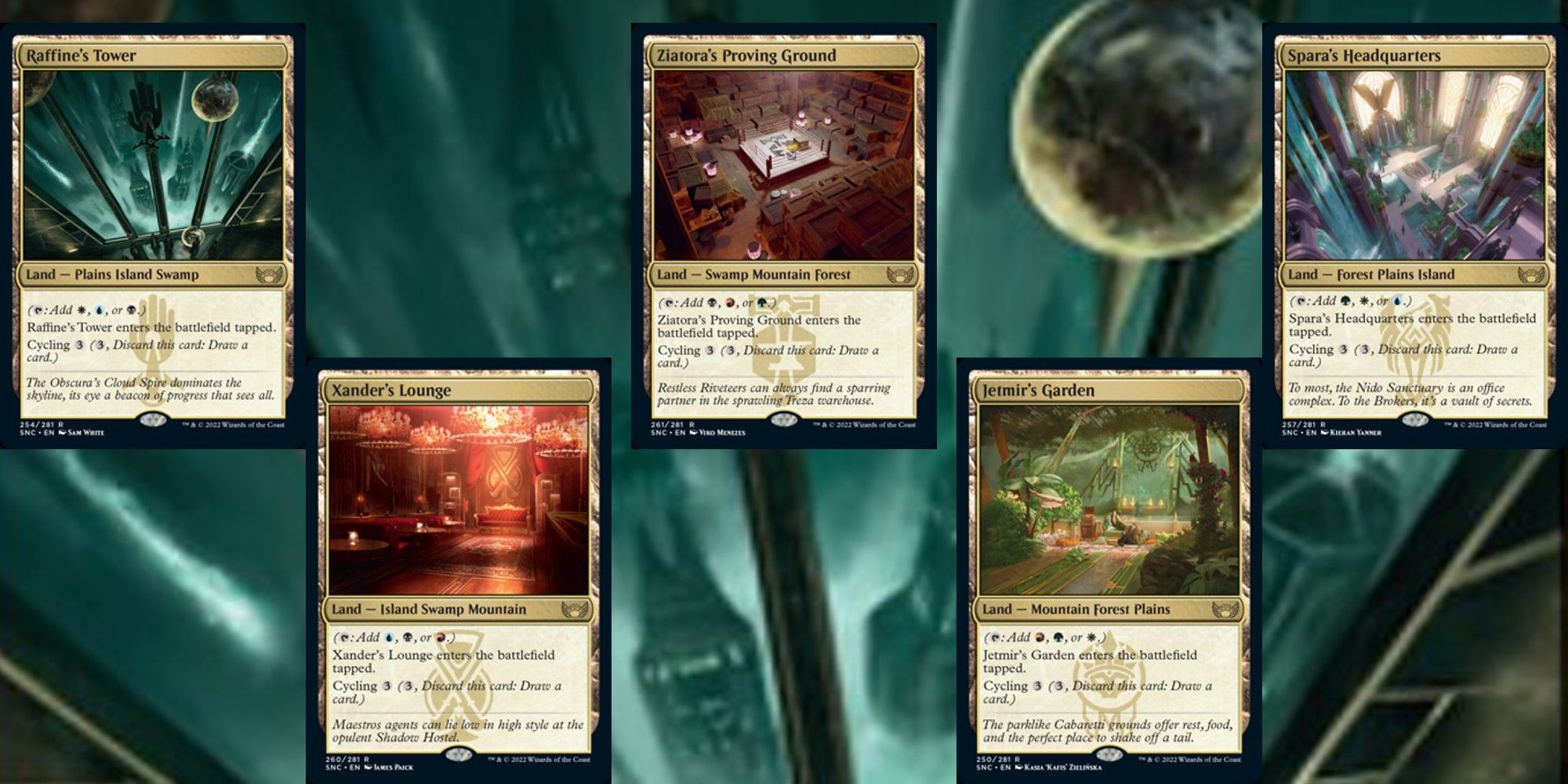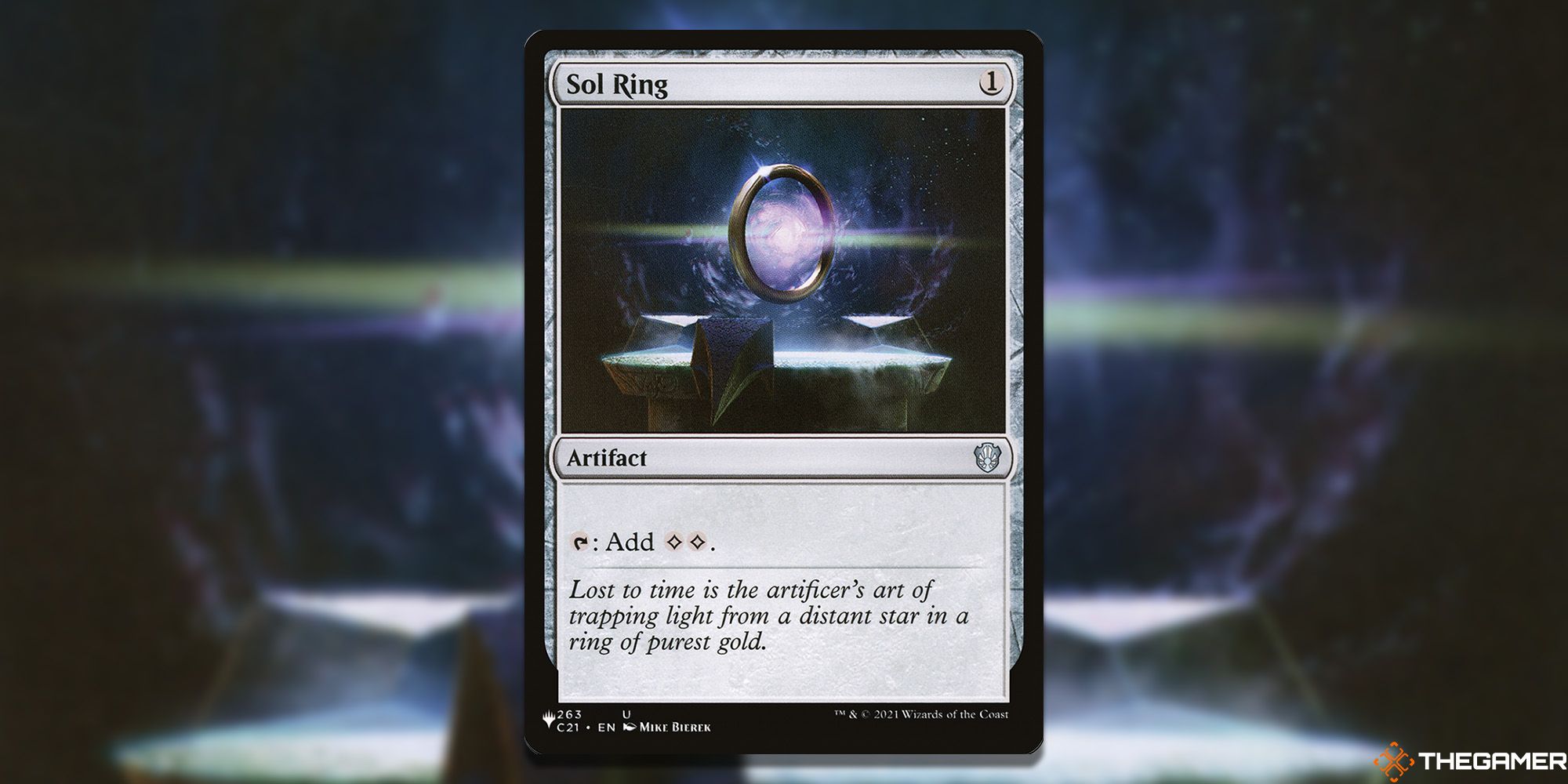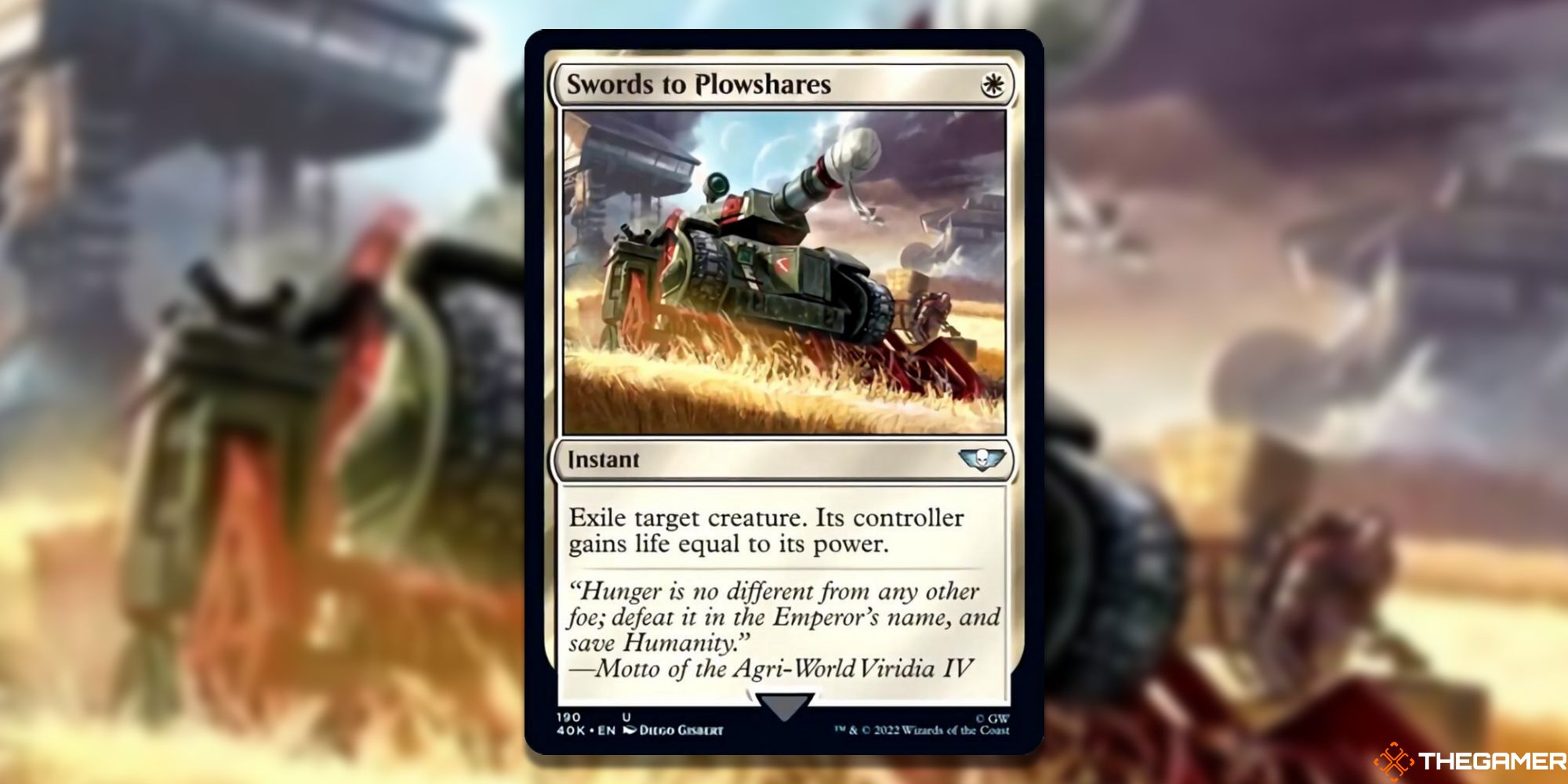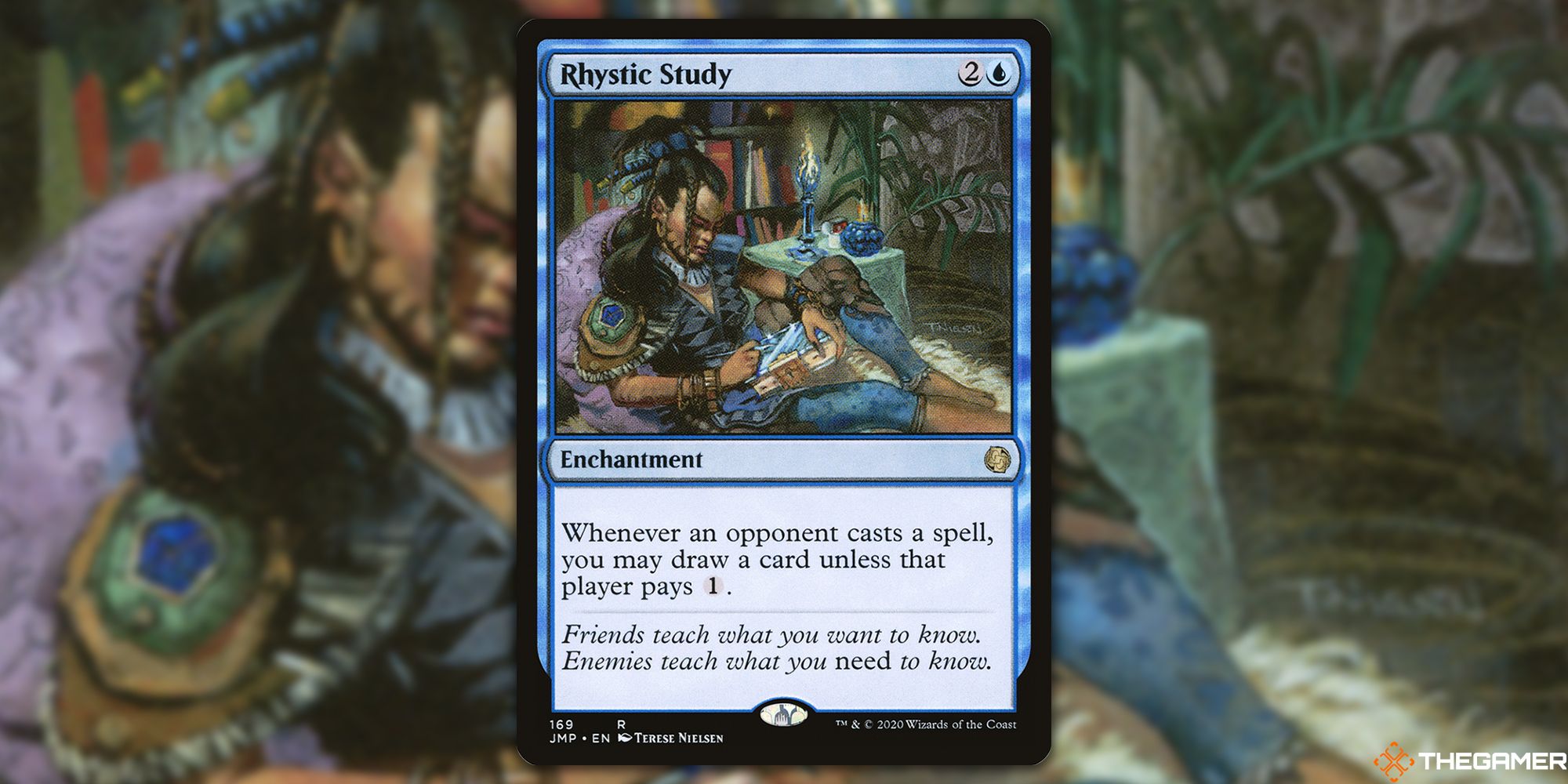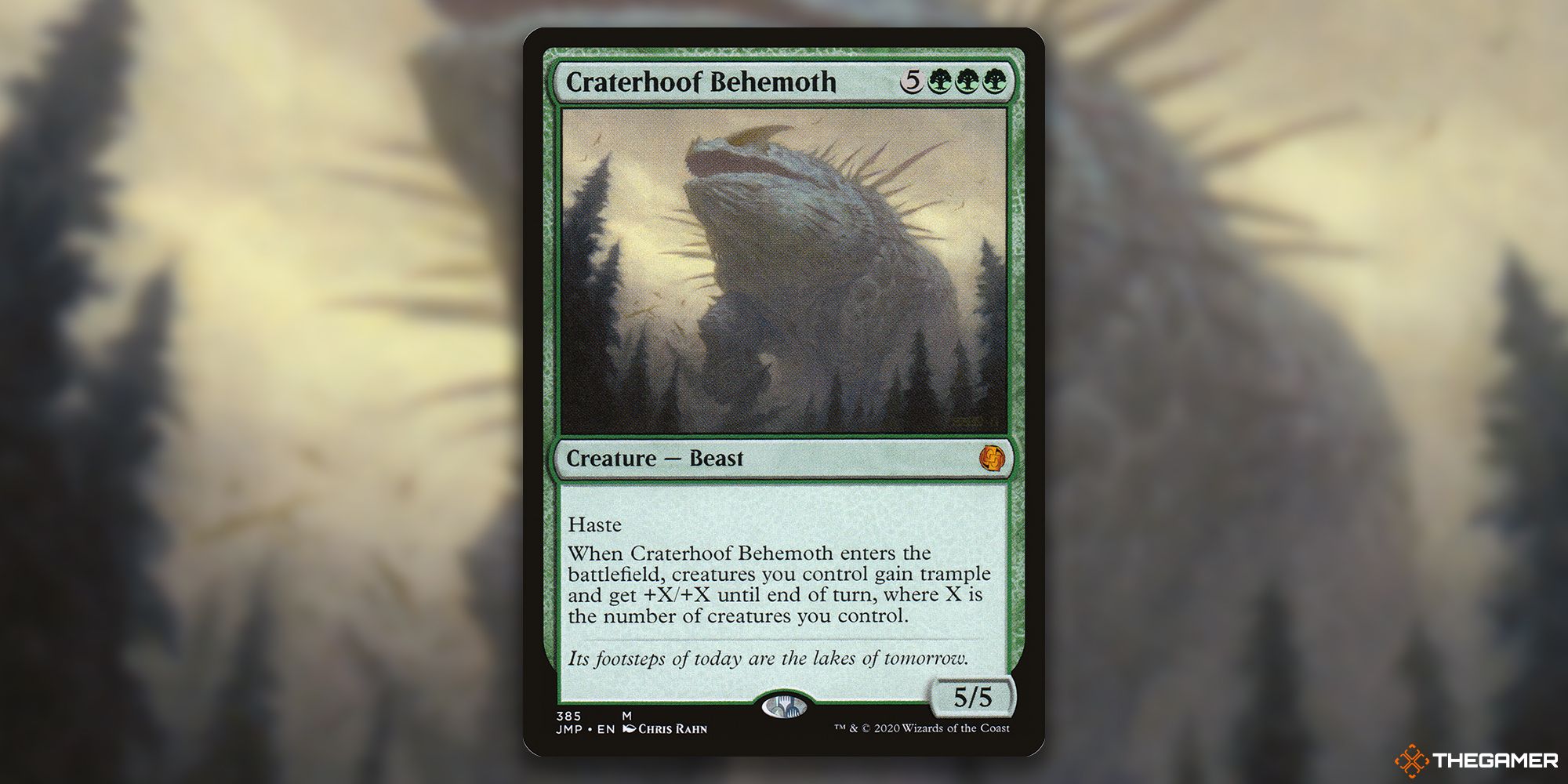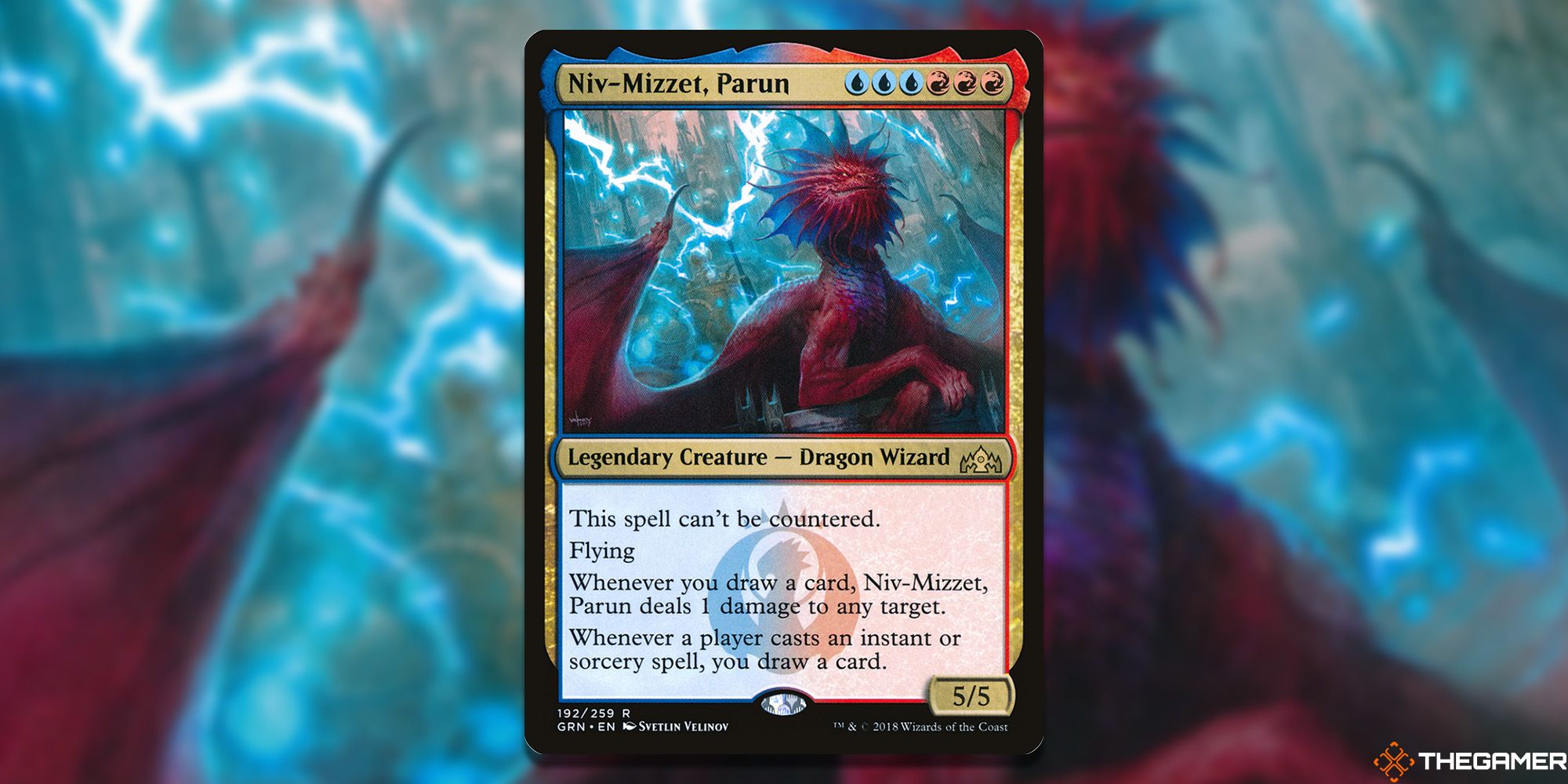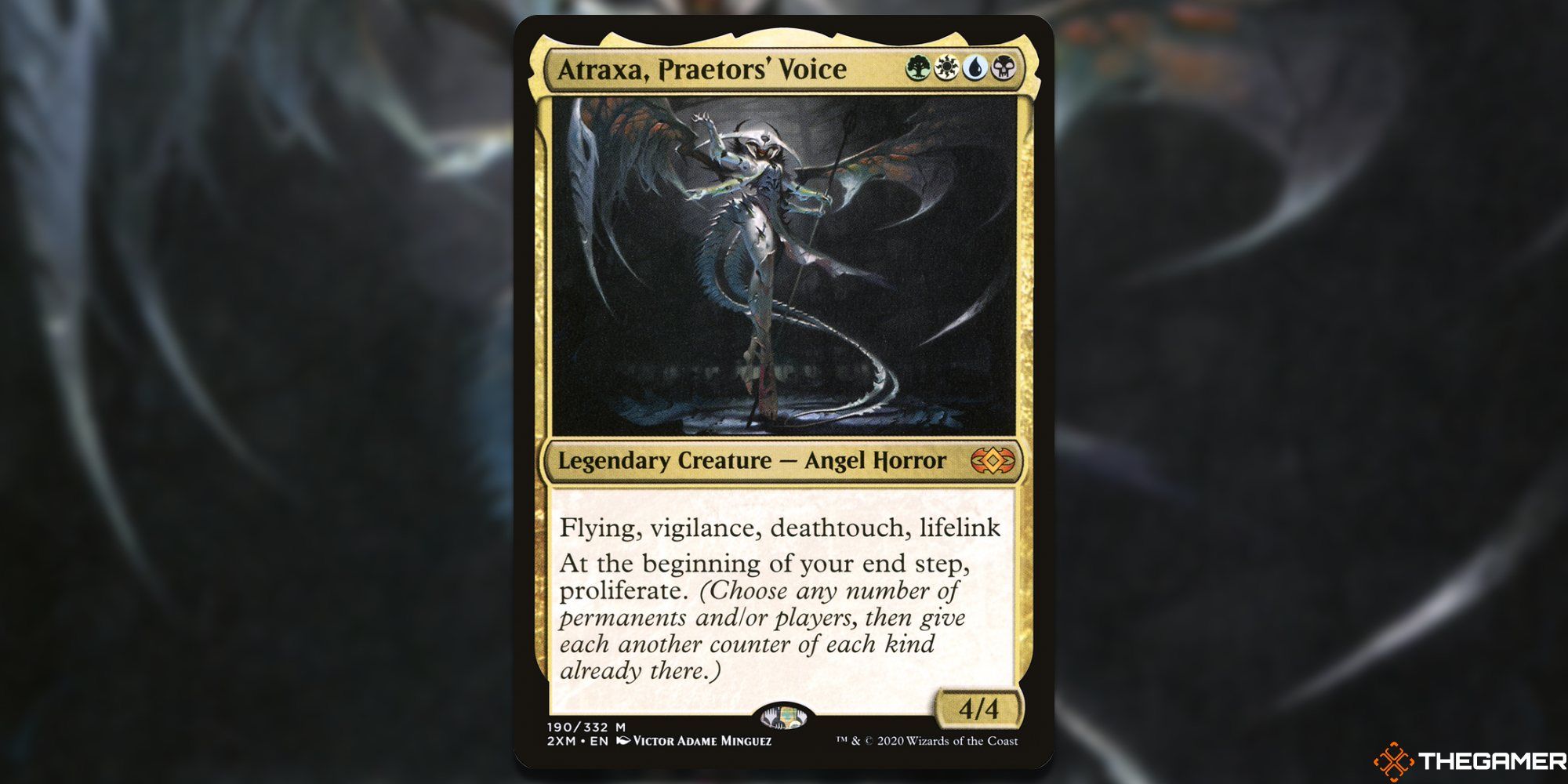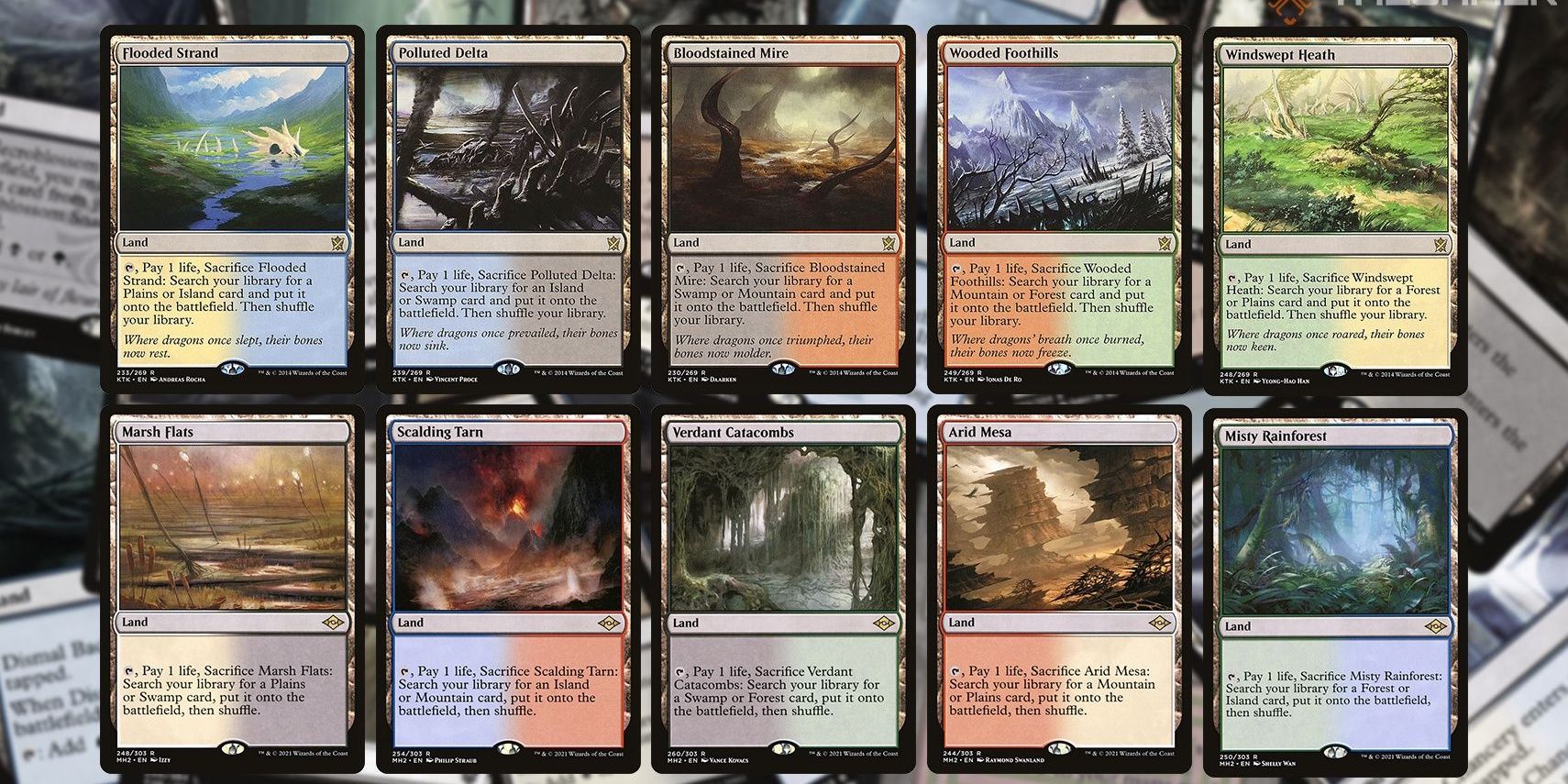Building a Commander deck is one of the best ways that you can express yourself through Magic: The Gathering. With a focus on casual fun over competitive play, almost anything goes when it comes to deck building for Commander.
That being said, there are still some guidelines you should follow, and mistakes you should avoid, if you want your deck to play smoothly, and to have fun playing. Here are the main mistakes that you should avoid when building your next Commander deck.
8 Not Enough Lands
Once you've found a commander and theme you want to build your deck around, it can be easy to fall into the 'good stuff' trap. This is that feeling of excitement you get when looking at all the awesome on-theme cards you want to include in your deck.
The problem with this feeling is that it often leads deck builders to include too many of these exciting cards, and cutting their lands to squeeze them in. Unless your deck has a very low mana curve, try to stick to 38-40 lands to ensure you actually get to cast the awesome spells you've put in your deck.
7 Not Enough Mana Rocks
Mana rocks are another casualty of deck building excitement, and are usually the next type of card to be cut when you're looking to squeeze in another splashy spell. Just like lands, your deck won't be able to function at a Commander table without a good lineup of mana rocks.
Most decks should include around ten of the best mana rocks that are within your budget. If you're playing a big mana commander or a deck with a high mana curve, you may want to raise that number to 11 or 12 mana rocks.
6 Not Enough Interaction
No matter how confident you are in your deck's core strategy, it will get taken apart by other players if you don't run enough interaction cards. The most common types of interaction are counter-spells, single-target removal, and board wipes. Be sure to include multiple of each to ensure your key permanents remain safe.
As well as keeping your board safe, interaction also keeps your opponents in check. Having a Sword to Plowshares in hand is always better than not having it, especially when an enemy Atraxa or Muldrotha hits the table.
5 Not Enough Card Draw
Predictably, many Commander players also neglect card draw spells when building their decks, instead filling the 99 with a ton of cards that support their deck's theme. Card draw is vital to making sure you game goes smoothly, and you can actually play your deck.
In the modern Commander landscape, great card advantage isn't exclusive to decks that include blue. Every color identity has a great set of card draw spells that you should include to make your deck run smoothly, even the famously slow-drawing mono-white.
4 Forgetting About A Win-Condition
Building an effective strategy isn't all about stuffing your deck full of the most powerful on-theme cards; you'll also have to include a way to win the game. Forgetting to add a win-condition can lead to boring end-games in which you get your life points slowly grounded down by another player who forgot to add a win-con.
There are ways for just about any deck theme to finish the game when the opportunity strikes. Creature and token decks may look to Craterhoof Behemoth or Triumph of the Hordes to win through combat, while other decks may want to create a combo that deals infinite damage to their opponents.
3 Picking The Wrong Commander (For Your Deck)
There are two main ways to start building Commander deck: by picking a commander first, and by picking a theme and color identity first. If you choose a theme or color identity first, you'll have to be careful to pick the right commander to lead the deck.
While the commander you choose doesn't have to fit perfectly with the deck's theme, it should at least have some overlap, and definitely shouldn't be a generically powerful commander with nothing to do with the deck's strategy. Sure, playing Muldrotha feels great, but if you have no graveyard synergy in the deck, you're better off playing a weaker, more on-theme commander instead.
2 Picking The Wrong Commander (For You)
Commanders don't just have to be right for the deck — they also have to be right for you. You may hear talk about the most powerful commanders in the format. Famously powerful commanders like Atraxa, Praetors' Voice and Muldrotha, the Gravetide are certainly tempting choices, but you shouldn't force yourself to use them if their play styles don't interest you.
Commander is a casual format first and foremost, so be sure to pick a commander with a play style and aesthetic that you personally enjoy, rather than the shiniest, most powerful commander that everyone is talking about.
1 Focusing On Perfection
Building a Commander deck should be a fun, creative experience. Unfortunately, it can be easy to get too caught up in building your deck to be as optimized as possible. This can lead to stressing about picking the right cards, or even worse, not starting at all.
You don't need to have a $3000 optimized mana base to play a five-color Commander deck, nor should you — chances are, you'll be massively outpacing any casual table you sit at. It's okay to compromise on some aspects of your deck if that means that you'll actually get to finish building it and have fun playing with it.

